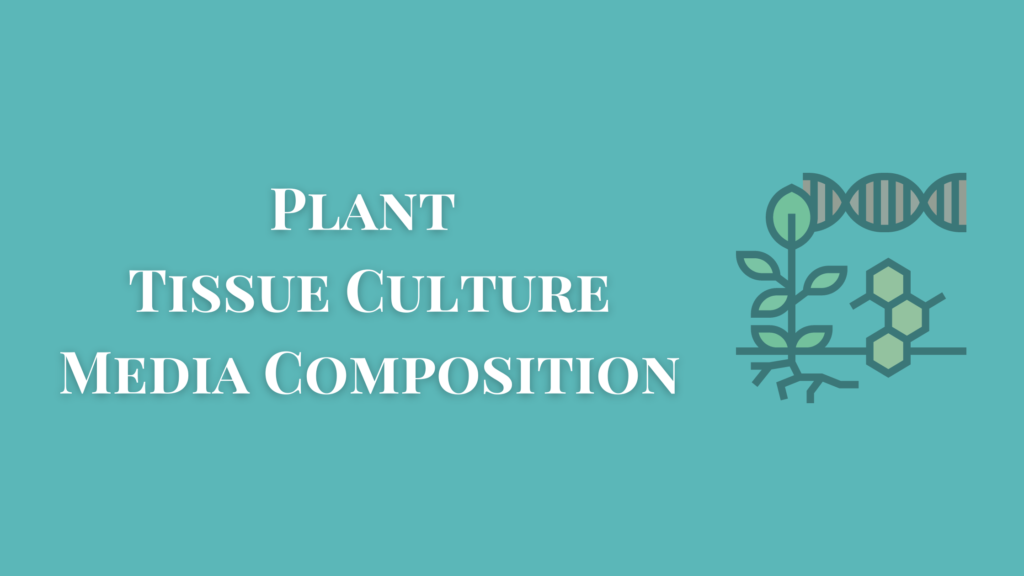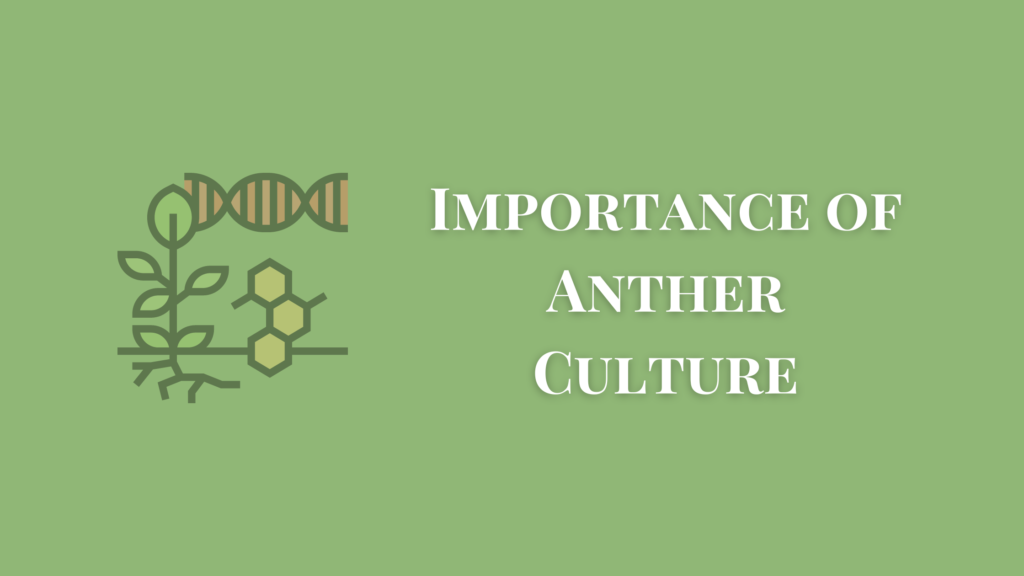Cryopreservation means the preservation of germplasm in the frozen state. Cryopreservation in plants is an alternative storage solution for exceptional species of plants that can produce better quality seeds of desirable characteristics. This is usually done for the species that produce seeds or embryos that are short-lived and have better desiccation tolerance.
By this technique, the germplasm material is frozen and maintained at the temperature of liquid nitrogen which is around -196 degrees Celsius. At this temperature, cells stay in a completely inactive state. Shoot cultures, somatic embryos, and zygotic embryos of several crop plants such as Arachis hypogea, Cicer arietinum, Solanum tuberosum, etc., have been cryopreserved.
Method of Cryopreservation in Plants
The technique involving storage of tissue in culture may use the germplasm in the growing stage and their growth may be suspended by any one of the following methods.
- Lowering the temperature
- Adding chemical retardants or hormones
- Reduction in oxygen concentration
Methods that allow limited growth of cultures will be effective just for a year. They will need periodic renewal to make then viable.
However, the most popular and effective method for long-term storage of cell cultures involves storage at a very low temperature using liquid nitrogen. This is described as cryopreservation. Cryopreservation allows storage for virtually indefinite periods.
Cryopreservation of isolated plant protoplasts has been recommended in many cases, since the survival level of 75% has often been realized in some cases (Daucus carota) Dimethyl sulfoxide or DMSO (0.5 to 10%) or some other medium such as DMSO + glycerol + sucrose, is used for stepwise freezing, leading to storage in liquid nitrogen.
The germplasm can be used whenever required by rapid thawing. Pollen required for hybridization can also be cryopreserved.
For cryopreservation, cells in the early exponential phase are highly freeze-tolerant while those in the lag phase or stationary phase are susceptible to some freezing injury. This susceptibility to freezing injury depends on the size of the individual cells and also on the size of aggregates or clumps used for cryopreservation.
Callus cultures, cell suspensions, zygotic embryos (from wild crosses) and somatic embryos, etc all can eb used for cryopreservation.
Applications of Cryopreservation in Agriculture
Cryopreservation is one of the most advanced applications of biotechnology in agriculture. Due to the gradual disappearance of economic and rare plant species, the necessity for storage of genetic resources of plants in general and agricultural plants, in particular, was realized by biologists. The conventional method of storage fails to prevent losses caused by pathogenic attacks, pests, climatic and natural disorders, as well as political and economic causes.
However, the conventional methods could not serve the viability of short-lived seeds of economic plants such as oil palms, rubber plants, citrus, coffee, etc.
Various forms of plant materials, cell suspensions, clones, tissues, somatic embryos, root and shoot tips propagules, pollen grains, etc have been preserved in liquid nitrogen for a prolonged period and tested for their survival and regeneration potential. No doubt in most cases the cells, tissues, organs, etc regenerated into plants.
Due to totipotency, the preserved plant material can still be manipulated to make adjustments to make it more viable, without affecting its integrity.




